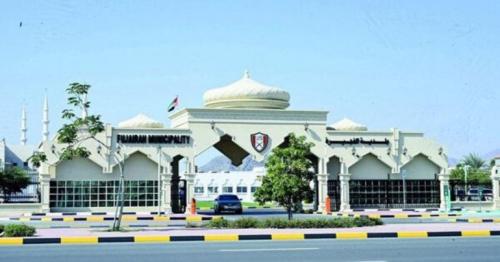Australia’s Murray-Darling River Plan: Lessons Learned

In Canberra, Australia, efforts to safeguard the Murray-Darling River have encountered obstacles, prompting a reevaluation of the approach and its implications.
For more than a decade, significant investments have been made by the Australian government to preserve the Murray-Darling Basin, a vast river system crucial to the nation's agricultural sector.
However, the outcomes of these efforts have fallen short of expectations, serving as a cautionary tale for other regions grappling with similar environmental challenges.
Spanning over a million square kilometers across four states and one territory in eastern Australia, the Murray-Darling Basin is renowned as the country's primary agricultural hub, earning it the moniker "Australia's food bowl."
Amidst a severe and prolonged drought that plagued the region for a decade starting in 2007, the Australian government allocated AUD 10 billion in funding and implemented the Water Act, aiming to safeguard the basin's integrity and sustainability.
The enactment of the Water Act paved the way for the formulation of the Murray-Darling Basin Plan in 2012, a comprehensive strategy designed to regulate water usage within the basin and preserve its natural environment for future generations.
Despite these ambitious objectives, the effectiveness of the Murray-Darling Basin Plan has been called into question, with several challenges and shortcomings emerging over the years.
One of the key goals of the plan was to ensure sustainable water management practices throughout the basin. However, achieving this objective has proven to be a complex and contentious endeavor, marked by competing interests and conflicting priorities among stakeholders.
Additionally, concerns have been raised regarding the plan's ability to adequately protect and restore the basin's natural ecosystem. Despite efforts to enhance environmental conservation measures, the ecological health of the Murray-Darling River continues to face significant threats from pollution, habitat degradation, and over-extraction of water resources.
Moreover, the implementation of water-saving initiatives and infrastructure projects under the plan has faced delays and setbacks, further complicating efforts to achieve long-term sustainability goals.
As Australia grapples with the ongoing challenges posed by climate change and resource management, the experience of the Murray-Darling Basin Plan offers valuable lessons for policymakers and environmental advocates worldwide.
Moving forward, addressing the shortcomings of existing policies and fostering greater collaboration among stakeholders will be essential to effectively safeguarding the health and vitality of vital water resources like the Murray-Darling River.
In conclusion, while the journey towards preserving Australia's largest river system has encountered obstacles, it also presents an opportunity for reflection, adaptation, and renewed commitment to achieving sustainable water management practices for the benefit of both present and future generations.
By: Sahiba Suri





Comments